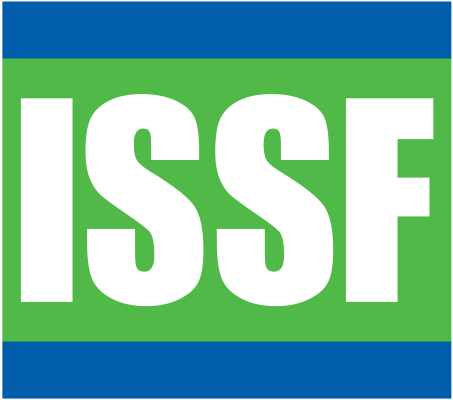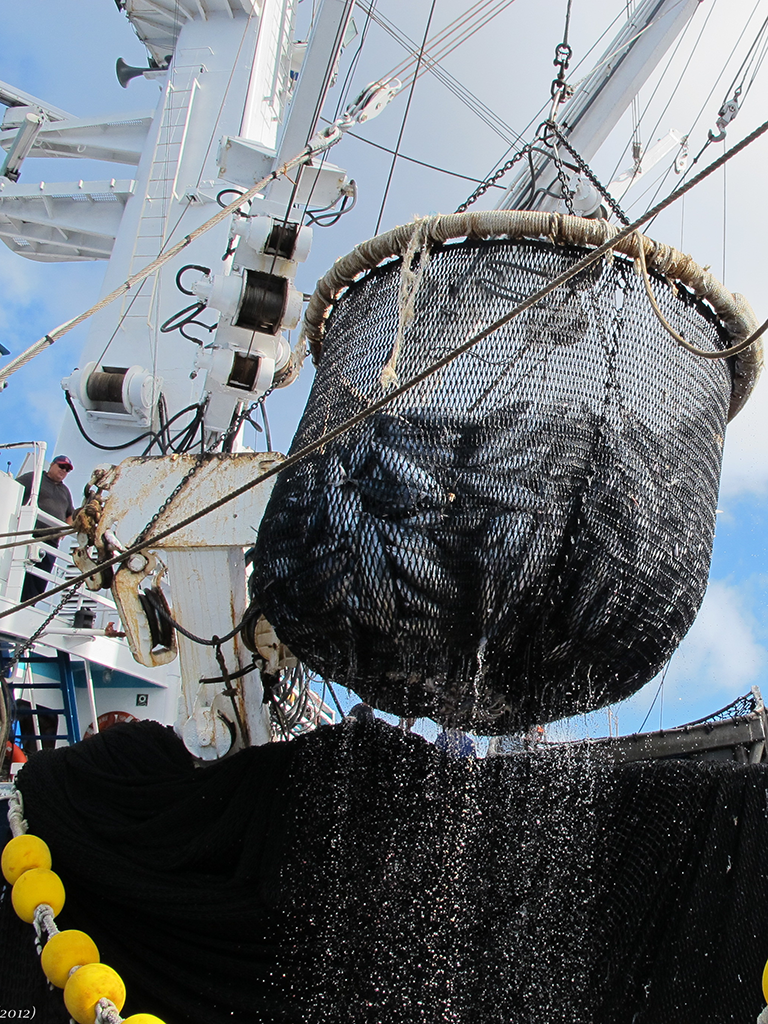FAD Construction
To address the problem of animal entanglement in FADs, ISSF has developed a guide to assist fishers in constructing more environmentally friendly FADs. Some fleets have already begun deploying such FADs, and RFMOs are beginning to consider adopting similar guidelines. Since observers are often required to describe the FADs constructed and/or deployed by the vessel, it is possible to compare those FADs against the guidelines presented below, and to offer advice on best practices in non-entangling FAD construction.
Though specific design is the decision of the fishers, the following points should be considered:
- To reduce entanglement of turtles on the FAD itself, the surface structure should not be covered or covered only with non-mesh material.
- If a subsurface component (apron or tail) is used, it should not be made from netting, but rather from non-mesh materials such as ropes or canvas sheets.
- To reduce the amount of synthetic marine debris, and to promote environmentally friendly FADs, the use of natural or biodegradable materials should be promoted.
Understanding that the transition from traditionally constructed FADs to non-entangling FADs may take time, the following guidelines—while not eliminating the risk of entanglement—would significantly reduce the potential for unintentional shark and turtle mortality:
- For the surface structure, only smaller mesh netting of 7 cm (2.5 inch) stretched or less should be used for wrapping it up tight. Log-shaped (i.e., cylindrical) or spherical floats naturally deter turtles from climbing onto the device, and should be used instead of flat rafts when possible.
- For the underwater tail, the netting should be rolled up and securely tied into "sausages." These sausages should be constructed from netting of 7 cm (2.5 in) stretched mesh or less, so that, if the sausages unwind, the netting will not entangle marine life. If panels are preferred, only a single panel should be used and the panel should be heavily weighted to keep it taut. The panel should consist of either a solid sheet (e.g., canvas) or netting with a stretched mesh of 7 cm (2.5 in) or less.

